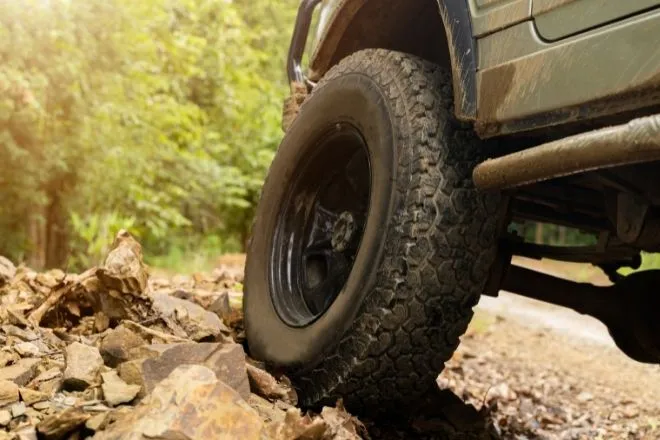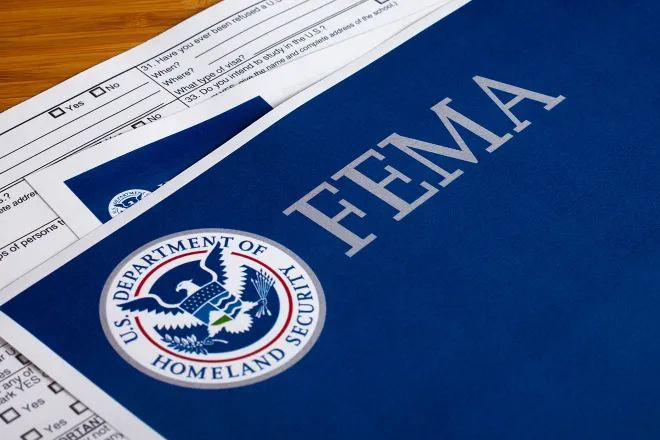
4 Tips for reducing radon exposure in your life
©
Radon is one of those hazards you’ve probably heard of without knowing what all the hubbub is about. Radon gas is the byproduct of the decay of radium and other radioactive materials. This decay takes place underground, and the gas slowly rises through the soil until it reaches the surface. Once there, radon usually dissipates, but occasionally, if a building is present, it becomes trapped in the structure and intermixes with the air inside. Once there, the building’s inhabitants can inhale the radon, which can sometimes lead to the development of lung cancer. So, how can you prevent this from happening? Here are four tips for reducing radon exposure in your life.
Encountering and avoiding radon
Encountering radon may be a more pressing danger for certain people than it is for others. For instance, individuals in certain occupations encounter higher radon exposure. Additionally, the United States is divided into three zones where radon has been reported as being higher or lower in some counties than in others. That said, there’s no safe level of radon. While not everyone who breathes radon develops lung cancer, it’s wise to reduce the chances of interacting with it through healthful practices and mitigation methods.
Test for radon
When purchasing a home, it’s typically standard practice to have a professional conduct a home inspection where they look for flaws and hazards. However, radon testing isn’t always a part of a home inspection, so it’s smart to pay for an additional inspection if the home has never been tested before. Home renovations are another instance where radon testing is a good choice, as it is likely that certain areas of the home will be disturbed during the remodeling process, potentially releasing trapped radon. If a basement is being remodeled into a living space, you should hire a professional to test the area for radon. Test kits are available at hardware stores and online, but hiring an expert ensures better results.
Look for cracks
It should be clear that the basement is the first barrier rising radon tries to overcome. Make sure your foundation is as impermeable as possible. Look for cracks and holes in the foundation and floor. Seal them with a silicon-based caulk, plaster, or other patching substance. You can also apply various sealants and waterproofing materials to your floor for an extra layer of protection. This is not a 100 percent foolproof way to reduce radon, but it’s a good first step.
Install a radon mitigation system
Another important tip for reducing radon exposure in your life is to install a radon mitigation system. Improving ventilation in your home and leaving the doors and windows open to let in fresh air is good practice. However, it’s not a permanent fix. Hire a professional to install a radon mitigation system that uses a series of fans and pipes to pull air and radon from the ground and disperse it outside. Radon mitigation systems can be installed before or after construction, but the most effective systems are set up before the house is built.

















